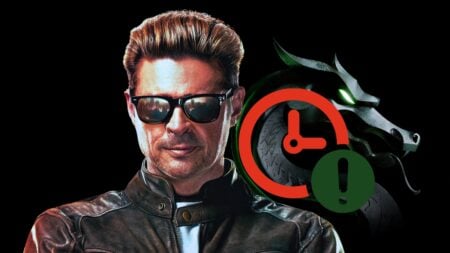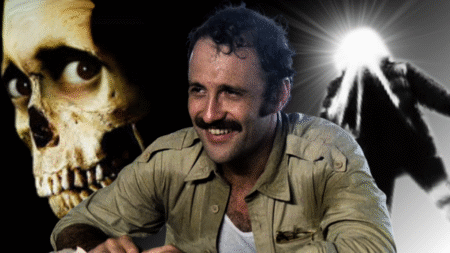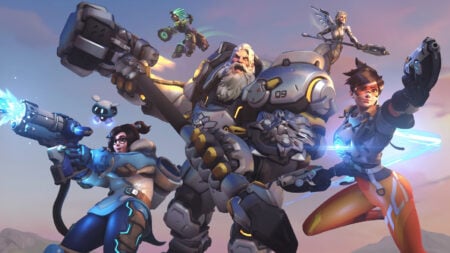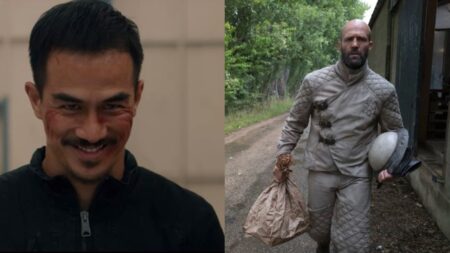Skip To...
Almost three years ago, Netflix produced three live-action adaptations of R. L. Stine’s book series Fear Street, about teenagers who carry a centuries-old curse in the crime-ridden town of Shadyside. The three feature-length films were released over a period of three weeks. Since 2021, the trilogy has lay dormant, but in light of recent news, there’s no better time to take a trip down memory lane and definitively rank the Fear Street movies once and for all.
In November 2023, Collider reported that Scott Stuber, Head of Film at Netflix, confirmed that a fourth installment of the beloved horror trilogy was in the early stages of production. This latest addition would be inspired by Stine’s novel The Prom Queen, derived from the original series. While the finished product is still a ways off, let’s decide where its predecessors stand.
3. Fear Street Part Three: 1666
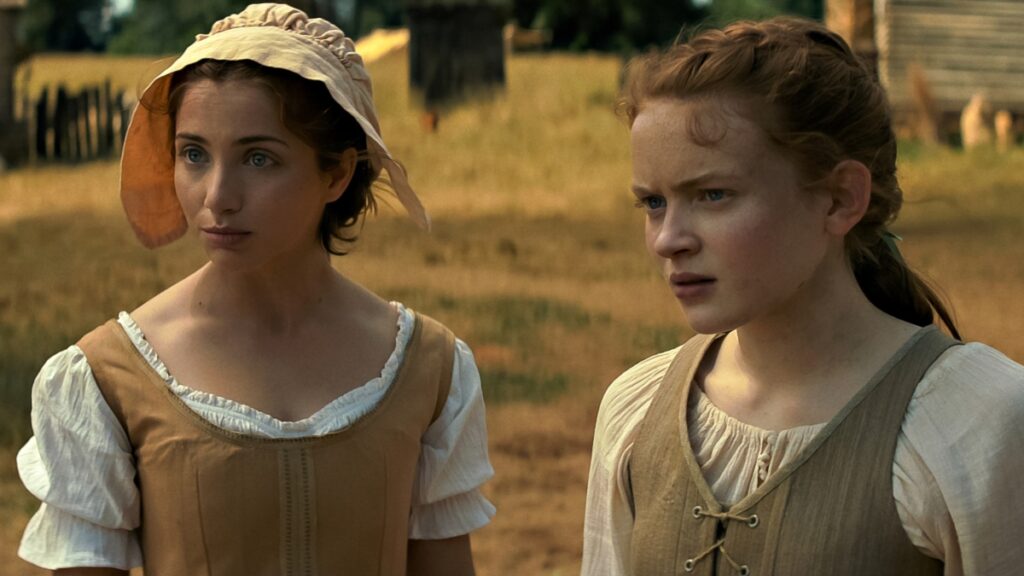
Fear Street was released in three installments, although each new movie transported viewers back in time by several decades. The story starts off in 1994, then gradually progresses back to the era of the infamous Witch Trials, which took place in 1666. At the bottom of the list is Part Three: 1666. Now, this decision was no fault of the actors, especially since both Sadie Sink and Gillian Jacobs do a magnificent job of embodying Ziggy Berman in the present and future, respectively.
Instead, Fear Street Part Three: 1666 lacks one crucial component to a successful story — a coherent narrative. If there’s one thing to say about Part Three, it’s that the plot is notoriously confusing and disjointed. The whole trilogy unfolds in a non-linear fashion, so this is to be expected, but once the feasibility of the story becomes lost, the audience loses significant interest. And that’s precisely what’s happened with this pic. For all its flaws, it remains a worthy send-off for the franchise, although it isn’t as strong a chapter as the others, though.
2. Fear Street Part One: 1994
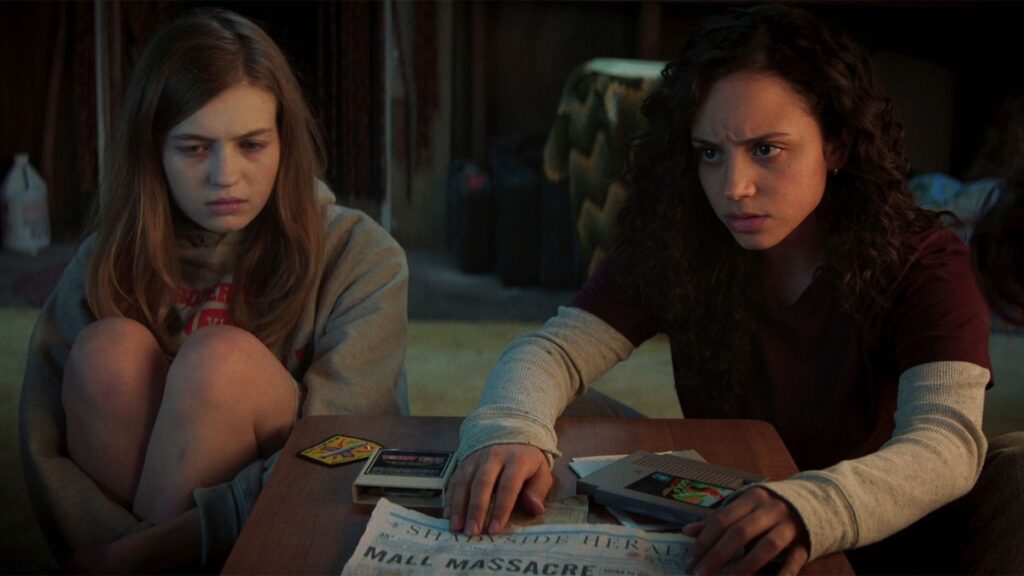
The remaining two installments are often always a toss-up between fans. Some prefer Part One, others favor Part Two. In actuality, it’s all a matter of perspective and personal preference. In general, however, Part One usually sits comfortably in the middle. It couldn’t be considered mind-blowing, but it isn’t as unpolished as Part Three. All in all, it provides a nice introduction to the town of Shadyside and its inhabitants, setting the stage for the action that would largely commence in Part Two.
Without a doubt, the performances of Kiana Madeira and Sadie Sink as Deena and Ziggy, respectively, are the real stand-outs. Not to mention, the homage to Scream with an opening rendition of Drew Barrymore’s infamous death hands the spotlight over to Stranger Things‘ Maya Hawke. There’s immense star power in Part One, which is precisely why all the gears turn like a well-oiled machine.
1. Fear Street Part Two: 1978
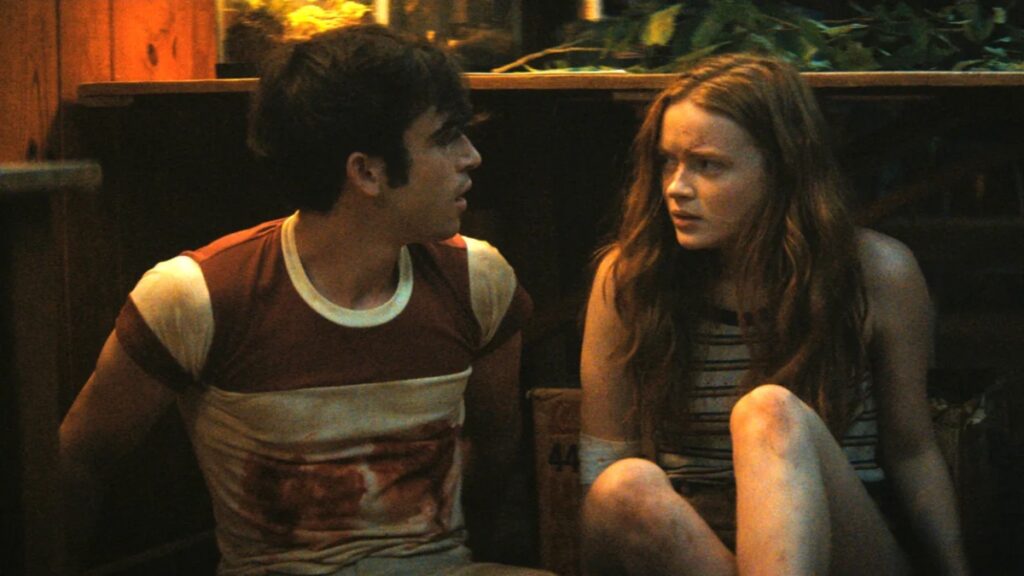
And that analogy brings us nicely to Part Two, the driving force behind the Fear Street trilogy. Part Two: 1978 recounts the events of the Camp Nightwing massacre, centering on a young Ziggy Berman. Deena’s girlfriend Sam, who is possessed by a malicious entity, seeks the help of C. Berman, whom we find out to be an older version of Ziggy. The performances of Sink, Emily Rudd, and Ryan Simpkins were particularly notable, but the true selling point lies in the craftsmanship itself.
The environment is believable, soaked in realism, and the characters are worth rooting for. The dialogue doesn’t feel as clunky as Part Three, nor does it drag its feet like Part One. From the get-go, there isn’t a moment of breathing room from the action as the intricacies of the story come to light. Part Two is smart and subversive, elevating tropes to effectively hold its own as a more modern version of Friday the 13th.


